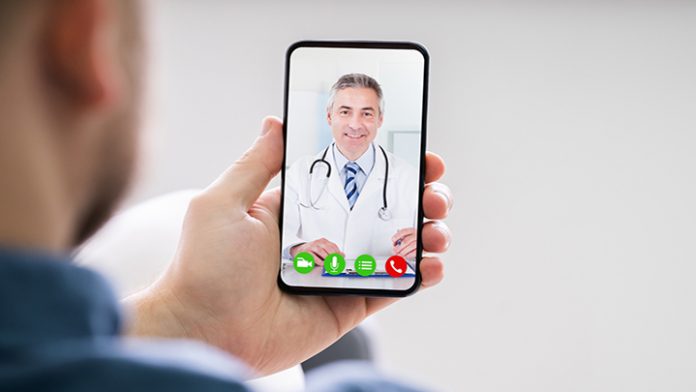With restrictions on travel likely to continue for some time, the growth of teleconsultation and telemedicine will continue apace. For patients pursuing low cost minor interventions, teleconsultation will certainly play a far greater role in the pre-travel diagnosis and post-travel consultation. In the higher value areas of medical travel where expertise is the driver, COVID-19 may be a game changer.
In a global market for medical travel valued at US$15-20 billion, the bulk of the value is accounted for by patients seeking expertise, rather than reduced cost. For example, leading USA hospitals generate US$3-4 billion providing specialist treatment to international patients who are not seeking to save money, but who are seeking life saving or life changing treatment.
COVID-19 has resulted in an acceleration of the adoption of technology in all walks of life. We’re working at home, using Zoom video to meet with colleagues and visiting online stores rather than town centre stores. Doctor consultations are taking place on computer and mobile phone screens. A plethora of new ways of monitoring and diagnosing patients is coming in to help supplement the delivery of remote medicine. Telehealth and telemedicine are finally becoming mainstream.
Surgeon in USA, patient in UK
Medical travel has come to a halt. But the urgent need for expert treatment of some patients has meant that telemedicine has come to the fore. An example last month from the UK demonstrates how telemedicine will impact on medical travel.
Mo Tajer had been diagnosed with testicular cancer and received four cycles of chemotherapy that shrank away most of the cancer. But scans revealed a tumour attached to his aorta. It needed to be removed urgently, but it was not going to be straightforward. His UK surgeon, Archie Fernando, from Guys and St Thomas’ Hospital wanted to fly to the USA to seek the advice of Jim Porter at the Swedish Medical Center in Seattle. But a flight was out of the question. Instead, Porter and Fernando used the Da Vinci XI robotic surgery system and the Proximie Solution.
Ms Fernando told the Sunday Times: “It was kind of like being the player on the tennis court and having the coach in the wings.”
A game changer in medical travel?
With restrictions on travel likely to continue for some time, the growth of teleconsultation and telemedicine will continue apace. So, what will the “new normal” of medical travel look like? For patients pursuing low cost minor interventions, teleconsultation will certainly play a far greater role in the pre-travel diagnosis and post-travel consultation. In the higher value areas of medical travel where expertise is the driver, COVID-19 may be a game changer.
Major hospital groups have sought to expand the influence of their international brands by developing facilities in some of their key source markets for international markets – Cleveland Clinic and Mayo Clinic in Abu Dhabi, Moorfields in Dubai. But state of the art hospital buildings and equipment don’t deliver great care; people do. And that’s where telemedicine plugs the gap. You don’t need to ship your best clinicians across the globe when they can remotely support local clinicians with telemedicine and robotics.
Better for patients?
Is it a better solution for the patient? Patients don’t want to travel for healthcare. They would rather receive healthcare at home, supported by their family and friends in an environment that they are familiar with. If the expertise can be delivered from a distance, and the hands on treatment delivered by a local clinician or a robot, then why travel?
Medical travel takes the patient to where the doctor is. Telemedicine is moving international healthcare from the doctor’s office and operating theatre in one country to the country where the patient is.








 ©2024 All rights reserved LaingBuisson
©2024 All rights reserved LaingBuisson 


